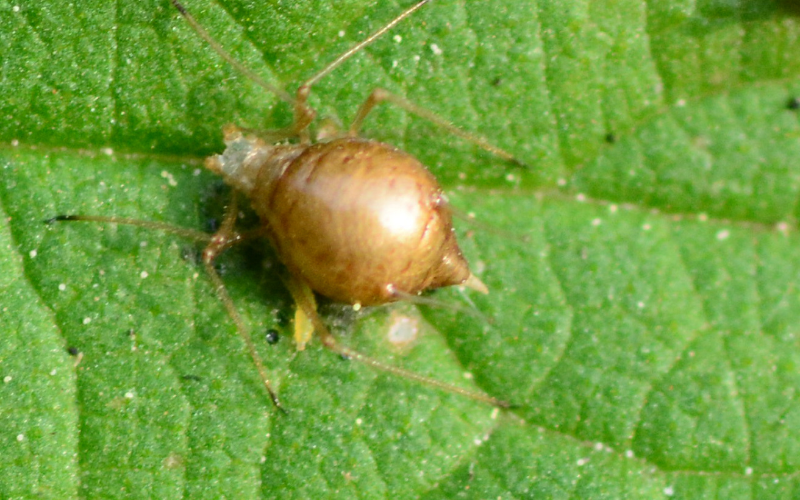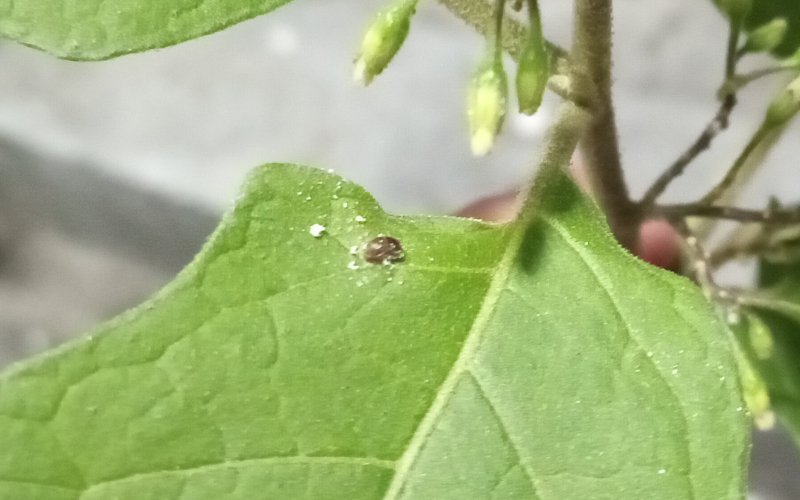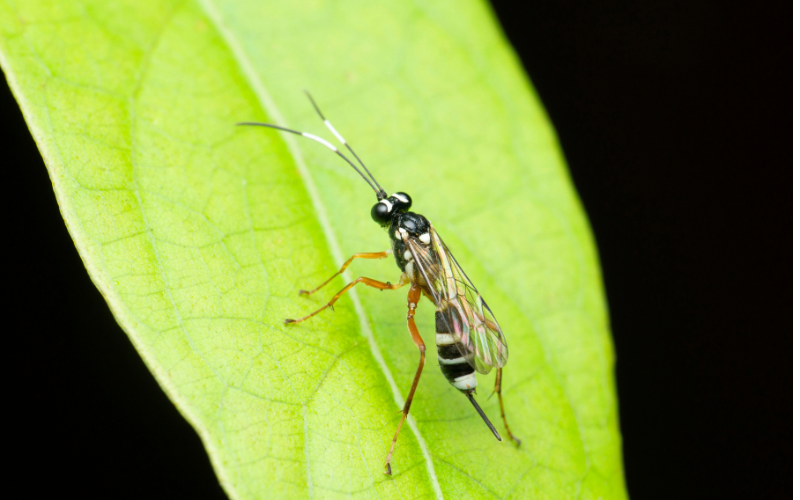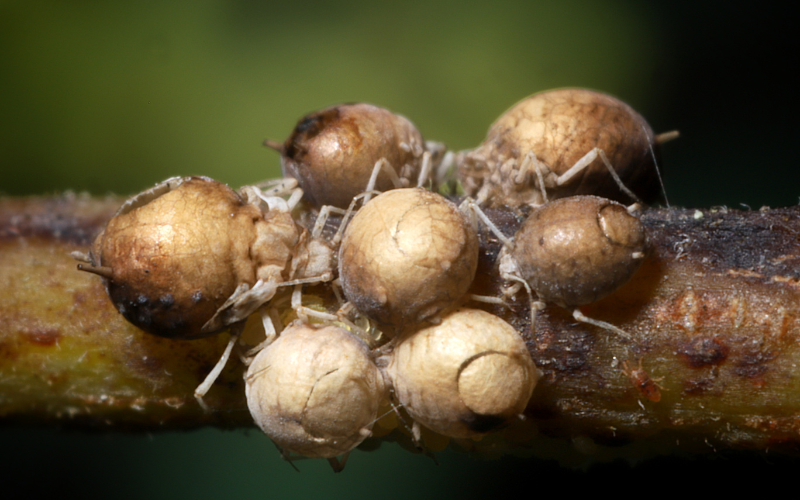Aphids and mealybugs are common garden pests that can wreak havoc in your vegetable garden. These sap-sucking insects can cause significant damage, leading to stunted growth and weakened plants. Luckily, aphids and mealybugs can quickly and safely be controlled by encouraging beneficial insects into your garden.
In this blog post, we’ll explore the fascinating world of aphid mummies and mealybug mummies and explain why it’s crucial not to disturb them if you see them in your garden.
Aphid Mummies and Mealybug Mummies: What Are They?
Aphid mummies look like bloated and dried aphids that are brown- or tan-colored, while mealy bug mummies are dull orange-colored, dry, and barrel-shaped.


These mummies will appear to be fixed to the surface of plant leaves or stems and are immobile.

Usually, the presence of these mummies is accompanied by a drop in aphid or mealybug infestations, at least on the plants that they are found on. This is because aphid mummies and mealybug mummies are the bodies of these pests themselves that have served as a host for the development of braconid wasp larvae.
Parasitoid Wasps and their control of aphids and mealybugs
Parasitoid wasps are a diverse group of insects that play a crucial role in natural pest control that lay their eggs on or inside their host, leading to their eventual demise.

In the case of aphids and mealybugs, parasitoid wasps inject their eggs into these pests. As the wasp larvae grow and develop, they consume the host’s internal tissues, eventually killing the host. Then, the mature larvae pupate within the body of the host, and after a few days, adult wasps emerge from the mummified remains.

In general, parasitoid wasps that parasitize aphids and mealybugs are small in size and typically range from a few millimeters to a centimeter in length. Parasitoid wasps often have slender bodies with elongated abdomens. Their bodies are adapted for navigating through plant foliage in search of suitable host insects. They come in a range of colors, including metallic greens, blues, or blacks. Some species may be more cryptic, blending in with their surroundings for camouflage. Their transparent wings are usually narrow and delicate, and they typically have long, segmented antennae.
The Importance of Not Disturbing Aphid and Mealybug Mummies
While the sight of aphid or mealybug mummies may initially cause concern, it is important to resist the urge to remove them. These dried ‘mummified’ bodies serve as incubators for the next generation of beneficial parasitoid wasps, ensuring a sustainable and natural balance.
How to encourage Parasitoid Wasps in Your Garden:
To attract and support parasitoid wasps populations in your garden, it’s essential to create an environment that is suitable for them. Here are a few tips on how to encourage these beneficial insects:
- Provide nectar-rich flowers: Adult parasitoid wasps require nectar as their primary energy source. By planting a diverse range of flowering plants, such as marigolds, lavender, and daisies, you can attract and sustain adult wasp populations in your garden.
- Mechanically control infestations: As effective as parasitoid wasps are they can only lay their eggs in a couple of aphids and mealybugs at one time. To help them get to work as soon as they reach your garden, it’s best to mechanically remove as many pests as possible. This can be done by knocking off aphids with a strong jet of water or by removing mealybugs by hand.
- Don’t use chemical pesticides: Chemical pesticides harm both pests and beneficial insects. Not using chemical pesticides will create a vegetable garden that attracts all sorts of beneficial insects, including parasitoid wasps.
- Encourage diversity: Different species of parasitoid wasps lay their eggs in specific species of aphids or mealybugs. Growing a diverse range of plants and not using chemical pesticides will encourage a diverse range of insects into your garden, including different types of parasitoid wasps.
In the battle against aphids and mealybugs, the presence of aphid mummies and mealybug mummies is a sign that natural pest control is in action. These dried remnants of pests serve as evidence of the successful development of parasitoid wasp larvae. Knowing what these mummies look like will help you not disturb them in the garden. Creating an environment that attracts and supports parasitoid wasps will help you get the most benefits from biological pest control.


